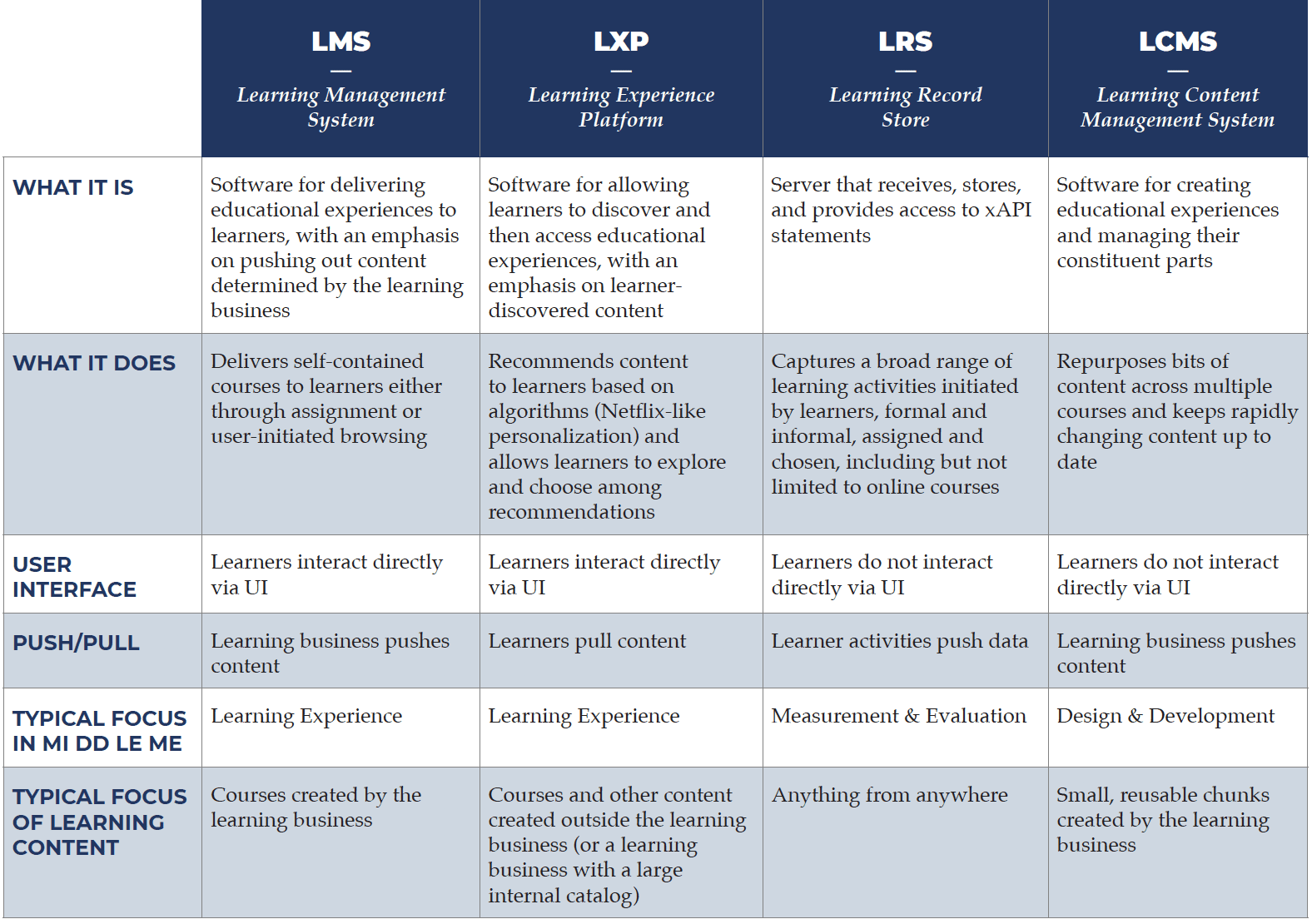
Using the LEI, researchers explored the factors associated with learning engagement. These factors were Autonomy (relevant), Sign-up rate, and behavioral engagement. These factors are crucial for creating a learning experience that is effective. Learning can only be effective if learners find the process enjoyable, interesting, and rewarding. Learning activities that are enjoyable for learners will be more popular.
Behavioral engagement
A key component to successful learning is behavioral engagement. While the concept may seem abstract, it's actually quite simple when broken down into observable indicators. One way a teacher can gauge a student's engagement is by how they greet each other as they enter the room. Engaged students will be more likely to greet each other with a genuine smile.
The researchers assessed both passive and active engagement using 15 different variables. The combined results were used to calculate the percentage of behavioral involvement. IQ, academic achievement, social development and academic achievement were some of the factors that were evaluated. The participants were observed for two mornings.
Autonomy
The ability to learn autonomously is a powerful motivator. They are able to take full responsibility for their learning which encourages them to develop critical thinking and problem solving skills. It also helps them engage in content more deeply. Learning efficiency can also be improved by allowing students to exercise autonomy. Peer-to-peer learning is a great way of incorporating autonomy into your learning engagement strategy.

SDT states that autonomy is associated with adaptive outcomes in relatedness and education domains and supports multiple needs. Multiple research studies have shown that autonomy support can facilitate multiple needs.
Relevance
Relevance can help learners engage in learning. The most effective learning materials draw on the learners' cultural backgrounds and life experiences. They should also include exercises that are relevant and can be used in real life. Relevance goes beyond the classroom. To improve learning engagement, materials should reflect the learner's preferences.
Student-driven learning plays a major role in improving student engagement. Students are empowered to control the learning process and can use feedback to help improve their performance.
Get special rates when you sign up
The time spent in a course can be used to measure learning engagement. Engagement in a course is a sign that students are more willing to ask questions, interact with instructors, and take part in discussions. Another way to measure student engagement is to assess the amount of feedback they give to instructors. If students feel engaged, they are more likely to perform better on the job.
Sign up rates can easily be measured in percentages of overall registration fees. These figures can also be used as a gauge for employee motivation and marketing efforts. These numbers can also tell whether employees enrolled after reminders or spontaneously. These metrics offer valuable insights that can be used in future learning programs and provide valuable insight into employee involvement.

Evaluation of burnout
This study examined the effects of burnout on learning engagement. We measured school engagement levels of participants to assess their level of engagement. To determine the relationship between burnout and support needs, our study used the multiple regression model. We found a significant correlation at.67 between engagement, burnout, and support needs. The statistically significant pvalue was at.05.
To determine the trajectory of change between engagement and burnout, we also used the latent profil method. Moderately decreasing participants experienced a mildly declining trajectory. This indicated a significant decrease or loss in social engagement and a large increase of loneliness and belongingness.
FAQ
Is eLearning really effective?
E-learning can be used to deliver learning content anywhere and anytime. E-learning gives learners instant access to relevant information, wherever they are located.
E-learning makes it possible to deliver training programs anywhere you are without having the space or cost of travel.
How much multimedia can an eLearning course include?
What you are trying to accomplish will determine the answer. If you're looking for quick information delivery, then less is likely to be the best. However, if you are looking at delivering training that will help people learn how to do something, then more may be better.
The most important thing is to know what your goals are for your eLearning courses. Also, you need to know what your learners expect from the course. This will allow you to make sure you have enough content for your learners to reach their goals.
Let's take, for instance:
If you want to teach people about using Microsoft Word, then it would be best to include lots of examples of text documents. To teach Excel to people, you will need to show them many different types.
It is also important to decide whether you plan to use images or video to illustrate concepts.
Video is great for demonstrating how to do something but not for explaining complicated topics. It can also be very costly to produce. While images are more affordable to produce, they do not convey the same emotional impact as videos.
The bottom line: You need to be clear about your goals before creating an eLearning program.
What are some e-learning tools?
The most effective way to deliver learning content is by using interactive media such as video, audio, animation, etc.
These media allow learners interaction with the content. They can also be used to increase learner engagement.
Online courses often include video, text, audio, and interactive features.
These courses are available for free or for a nominal fee.
The following are examples of eLearning tools:
-
Online courses
-
Virtual classrooms
-
Webinars
-
Podcasts
-
Video tutorials
-
Modules for e-learning that can be done at your own pace
-
Interactive
-
Social networking sites (SNS)
-
Blogs
-
Wikis
-
Discussion forums
-
Chat rooms
-
Email list
-
Forums
-
Quizzes
-
Surveys
-
Questionnaires
Statistics
- In the 2017 ATD research report Next-Generation E-Learning, 89% of those surveyed said that changes in e-learning require their staff to update or add new skills. (td.org)
- E-learning is intended to enhance individual-level performance, and therefore intend to use of e-learning should be predicted by a learner's preference for self-enhancement (Veiga, Floyd, & Dechant, 2001). (sciencedirect.com)
- India's PC market clocks 9.2% growth to 3.4 million units in the September quarter (economictimes.indiatimes.com)
- The UK sample was relatively balanced in terms of gender (56% male) compared to the Gambian group (77% male). (sciencedirect.com)
External Links
How To
What are some examples in elearning? What are the benefits of using eLearning?
There are many kinds of elearning available.
-
Distance Learning - A distance learning program takes place entirely through the internet.
-
Onsite Training - An onsite training program involves a group of participants coming together to receive training in person.
-
Virtual Classroom - A virtual class allows students to interact with teachers and experts through chat rooms, forums and other means.
-
Webinars- These are live presentations over the internet. They enable you to interact with your audience live.
-
Self-Paced Courses: These courses don't require an instructor and can be completed at a pace that suits you. You can log in whenever you're able.
-
Interactive Tutorials- Interactive tutorials are intended to help users perform specific tasks.
-
Social Media Learning Portals - Twitter, Facebook and other social media platforms offer great opportunities for learning. Students can post ideas, ask questions, get feedback, and even share them with their peers.
-
Online Forums: Online forums are a great way to discuss subjects related to your study field.
-
Podcasting – Podcasting involves creating audio files to be downloaded and later listened.
-
Video Conferencing: Video Conferencing allows two or more people meet virtually face-to-face using video conferencing.
-
Mobile Apps - Mobile apps are programs created specifically for smartphones and tablets.
-
Online Quizzes - Online quizzes are a simple way to assess what you know about a topic.
-
Discussion Boards: These are online communities that allow members to exchange messages and read the messages of others.
-
Website Content Management System (CMS) – CMSs allow website owners to update their site content easily.
-
Blogging - These are websites that allow users to leave comments and offer opinions.
-
Wikis: Wikis can be used to collaborate and allow multiple users simultaneously to edit pages.
-
Chat Rooms: Chat rooms are an online area where users can communicate with one another.
-
Email Lists - You can send messages to groups of email addresses by creating an email list.
-
RSS Feeds - RSS feeds are news aggregators that collect articles from various sources and present them as an easy-to-read list.